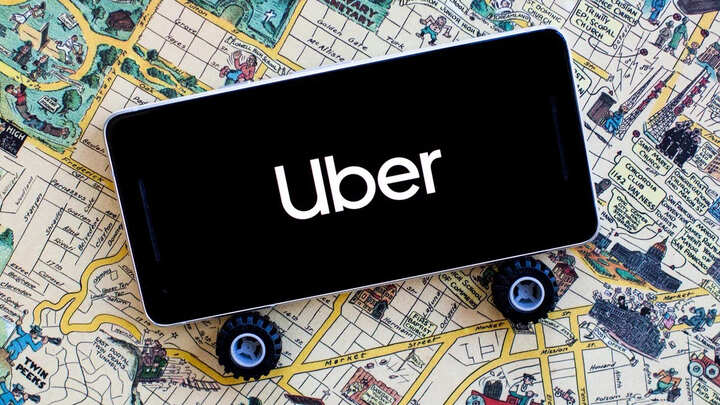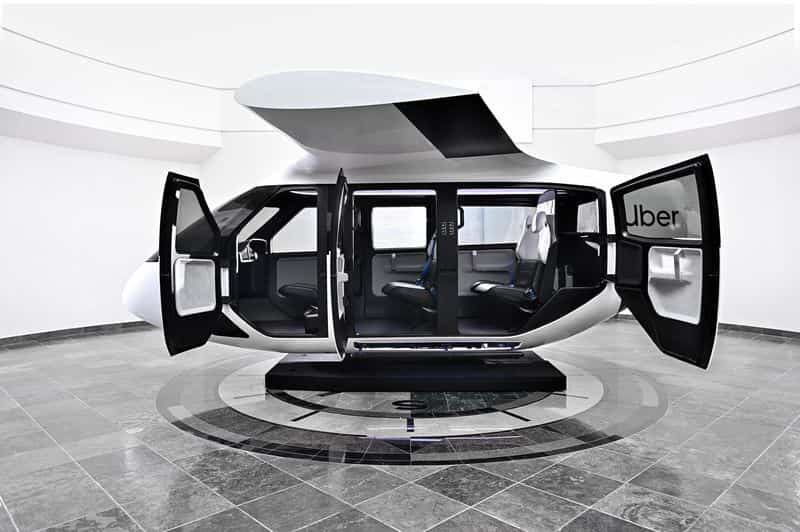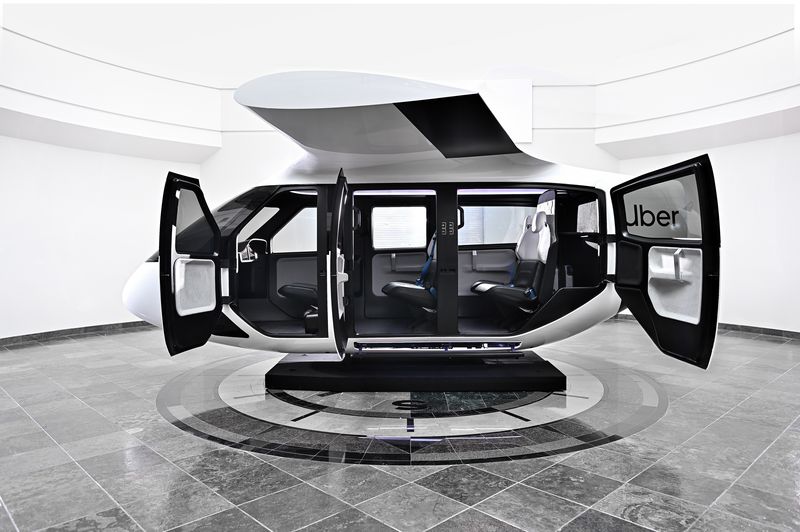Uber Launches Ads Division to boost their Revenue
Uber, a ride-hailing service, has started its own ads division to connect customers with companies by playing video ads while they are in their cabs.

By playing video ads during the ride, Uber’s ads division hopes to connect customers with companies. The business introduced “Uber Journey Ads,” a fun way for companies to connect with their customers. To operate Journey Ads, Uber has already partnered with more than 40 well-known companies.
At first, these advertisements will only be shown in a few markets. Though some experts warn it could cause issues with user privacy, the company believes the new ad-targeting service has enormous potential for revenue growth.
Uber’s General Manager for the ads division, Mark Grether noted: “We have a global audience of valuable, purchase-minded consumers who, as part of our core business, tell us where they want to go and what they want to get.
While consumers are making purchase decisions and waiting for their destination or delivery, we can engage them with messages from brands relevant to their purchase journeys.
And with 1.87 billion trips last quarter, that means we can connect advertisers to consumers on average five times per month across rides and delivery.”
Uber also provides thorough data and analysis, which aids businesses in creating marketing initiatives that have a bigger effect on their target audience. The ride-hailing platform provides “Sponsored Listings” across Uber Eats to help brands stand out from the crowd and attract customers.
Uber’s “Homepage Billboards” provide sponsors the option to put advertisements on the Uber Eats homepage, and “Sponsored Emails” allow brands to push offers to Uber and Uber Eats customers by mail to their inboxes.
As per Uber, the new ad-targeting tool would enable brands to use information about riders’ previous travel patterns as well as their specific geographic locations to position ads. For example, a company might purchase ads targeted at that place if a user requests an Uber to go to a particular store, movie theatre, or airport.
Additionally, Uber will now permit a single brand to sponsor the entire journey, beginning with the initial request for the cab. These so-called “journey ads,” will be sold on a trip-by-trip basis rather than the typical pricing for digital advertising by consumer impression
This will allow brands to display a user different ads in three parts in the user’s trip: while waiting for a car, while driving, and once the user has arrived at the destination.
According to Mr. Grether, the rider can make purchases by clicking an ad without exiting the Uber app. Advertising on in-car tablets will also be included in separate pilot initiatives in the United States and India, he said.
Tech giants like Google and Meta, have been known to record users’ web activity to target them with ads. Retailers like Walmart and Kroger can keep track of your shopping habits to the advantage of the businesses that partner with them for advertising.
Uber has been developing its advertising business for several years, but the majority of its development to date has come from ads placed on the food delivery app Uber Eats.
The new division of Uber will face competition from rivals like Lyft, DoorDash, and Instacart Inc., all of which are fighting for an increasing share of the advertising budgets of companies looking to reach consumers online.
Uber, which joined the advertising market in 2019, has stated that it hopes to generate over $1 billion in revenue from ads by 2024.
Meanwhile, a recent U.S. proposal that could prevent gig workers from being classified as independent contractors will likely result in higher costs for businesses like Uber and Lyft.

I am a law graduate from NLU Lucknow. I have a flair for creative writing and hence in my free time work as a freelance content writer.


